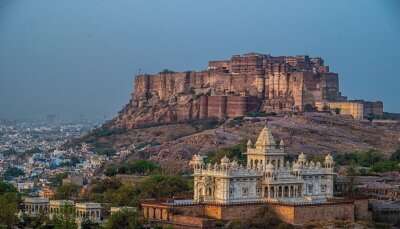Visit Akbari Fort And Museum To Witness The Rich History Of Ajmer In 2025
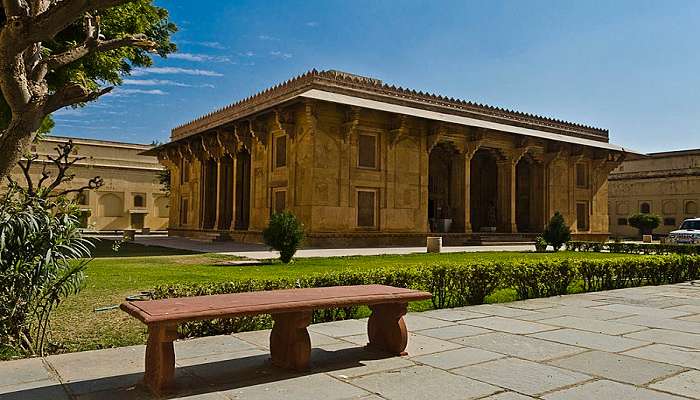
Located in the historic city of Ajmer, Rajasthan, the ,Akbari Fort and Museum is a timeless symbol of the region’s rich heritage that is still being preserved. This place has the utmost historical significance. It was built by Emperor Akbar in the early 17th century. The fort has witnessed centuries of history. Ajmer’s artefacts have been preserved, and the fort is a strategic bastion. The fort is a museum with a diverse collection of artefacts, weaponry, and archaeological findings that take visitors to the storied past. The breathtaking architecture of the fort makes it a must-visit destination in Ajmer.
History Of Akbari Fort And Museum
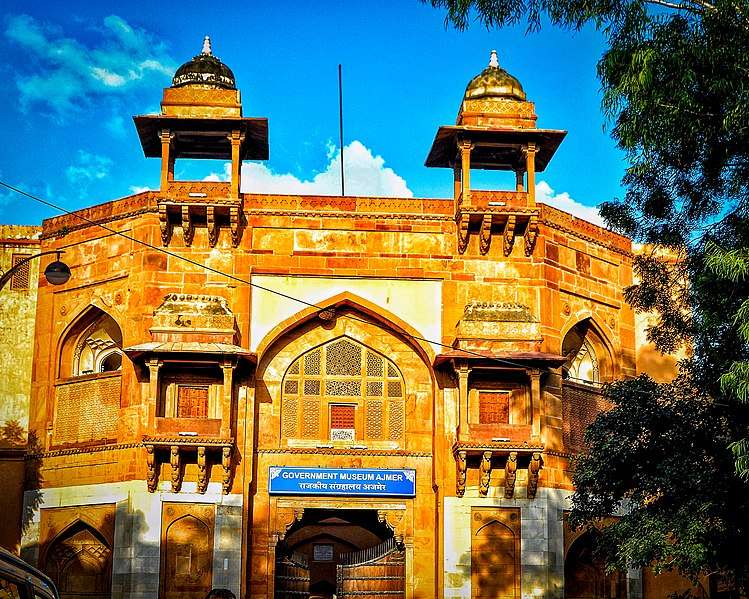
The fort holds a rich, storied past that has prevailed for centuries. Akbari Fort and museum reflects its strategic importance during the 17th century. This fort was perched atop a hill to oversee and guard the city of Ajmer and its surrounding villages. This fort was a military outpost during the Mughal Empire’s expansion to Rajasthan.
The fort underwent subsequent renovation under various Mughal rulers, including Jehangir and Shah Jahan. The fortifications and residential quarters were further enhanced. Akbari Fort was converted into a museum in the early 20th century. This fort was briefly occupied by British officials and used as a residence during the British Colonial Period. Akbari Fort and Museum houses a treasure trove of artefacts that show the rich heritage of Rajasthan.
Must Read: Things To Do In Ajmer
Places To Visit Near Akbari Fort And Museum
Various historical places are near Akbari Fort and Museum. Ajmer offers a rich tapestry of experiences, from divine temples to serene lakes.
1. Mayo College
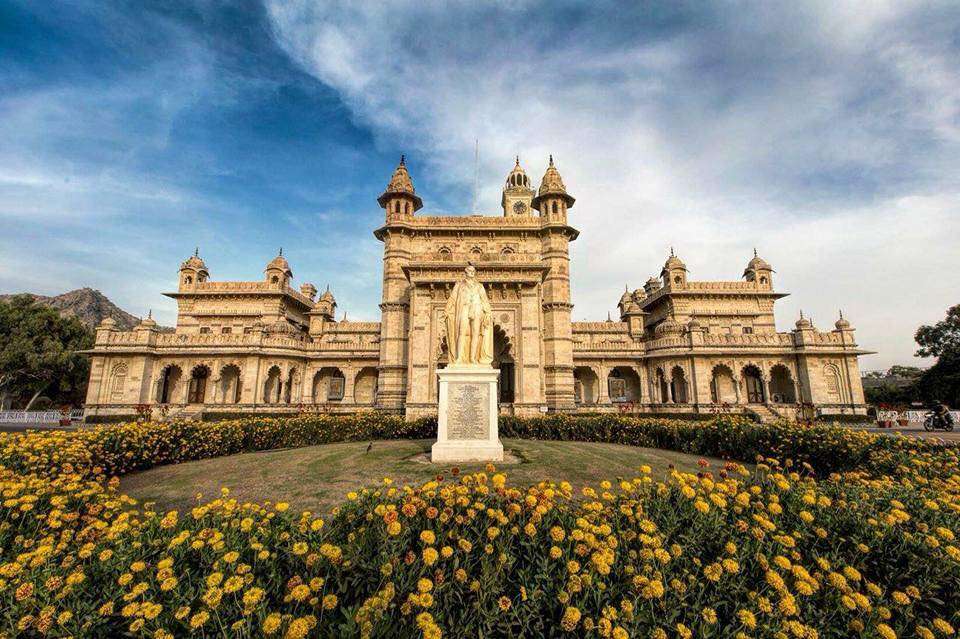
Mayo College was founded by the Viceroy of India, Lord Mayo, in 1875. It is one of the most prestigious and renowned boarding schools in India. The college has impressive colonial-era architecture and spacious grounds with lush green gardens. Several historical buildings are nearby, too.
The boarding school is closed to the public, but visitors can appreciate the architecture from the outside. The Mayo College Museum in the nearby vicinity stands as an outstanding symbol of the colonial period, which can be explored too. It is an all-around holistically developed boarding school in Ajmer.
Address: Srinagar Road, Alwar Gate
Distance From Akbari Fort and Museum: 3.4 Km
2. Pushkar
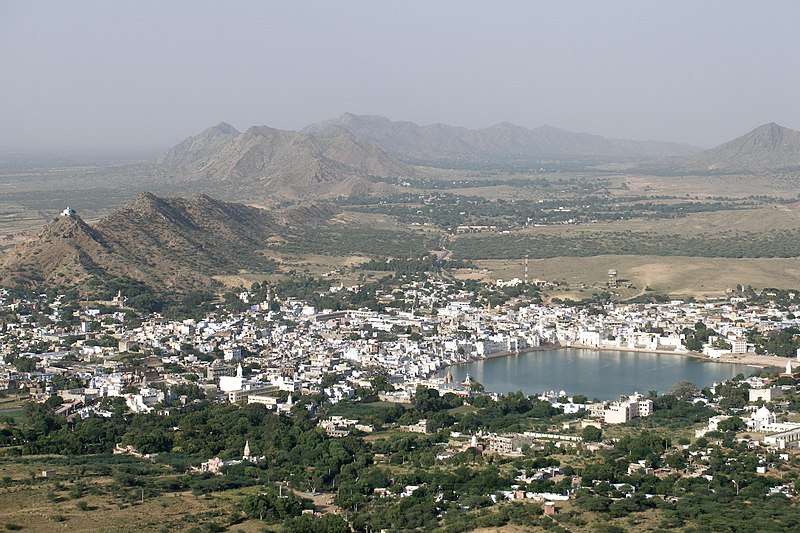
Pushkar is just 15 km away from Ajmer. This sacred town is famous for its Brahma Temple and Pushkar Lake. According to Hindu mythology and people’s beliefs, Lord Brahma performed a ritual at Pushkar. This Yagna was so sacred that it made Pushkar one of the holiest pilgrimage sites in India.
The town is also known for its annual Pushkar Camel Fair. In this fair, thousands of traders, tourists, visitors and pilgrims gather to purchase and sell livestock. Visitors participate in several cultural events. This lively fair also showcases several handicrafts and performances from traditional Rajasthani culture.
Address: Pushkar, Rajasthan
Distance From Akbari Fort and Museum: 13.2 Km.
Suggested Read: Places To Visit In Ranthambore
3. Ajmer Sharif Dargah
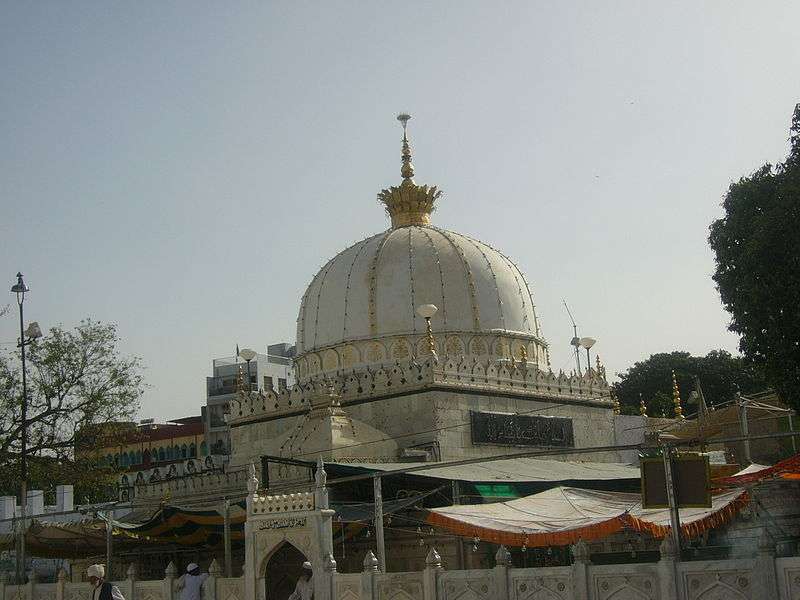
Ajmer Sharif Dargah is a Sufi Shrine in India, very close to Akbari Fort and Museum. Across the nation, it is regarded as one of the most important Sufi shrines. The Dragah houses the tomb of Khwaja Moinuddin Chishti. He was a major force in the Sufi movement’s expansion throughout South Asia.
Millions of pilgrims and visitors flock to the Ajmer Sharif Dargah for blessings every year. The Dargah’s architecture is Mughal and Indian in style, featuring carved marble walls, domes, and minarets. The Sharif Dargah in Ajmer provides spiritual solace.
Address: Ajmer Dargah, Ajmer, Rajasthan
Distance From Akbari Fort and Museum: 1.3 Km
Things To Witness In Akbari Fort And Museum

The fort and the museum offer several things to witness. They offer a captivating exploration of history and architecture, highlighting Rajasthan’s rich culture.
Fort Architecture
There are sturdy walls, huge mansions, bastions and carvings that reflect its significance as a military stronghold.
Museum Exhibits
The museum has a diverse collection of arms, armour, weaponry, pottery, textiles, and manuscripts, all offering insights into the artistic culture during Akbar’s reign.
Textile Collection
Traditional Rajasthani garments are displayed which brief us about the region’s textile heritage and craftsmanship. The embroidered textiles show exquisite craftsmanship.
Weaponry
There is an impressive collection of the weapons used during the wars during Akbar’s ruling period. Swords, daggers, iron shields and firearms reflect the importance of the fort as a military outpost.
Suggested Read: Heritage Hotels In Rajasthan
Architecture Of Akbari Fort And Museum
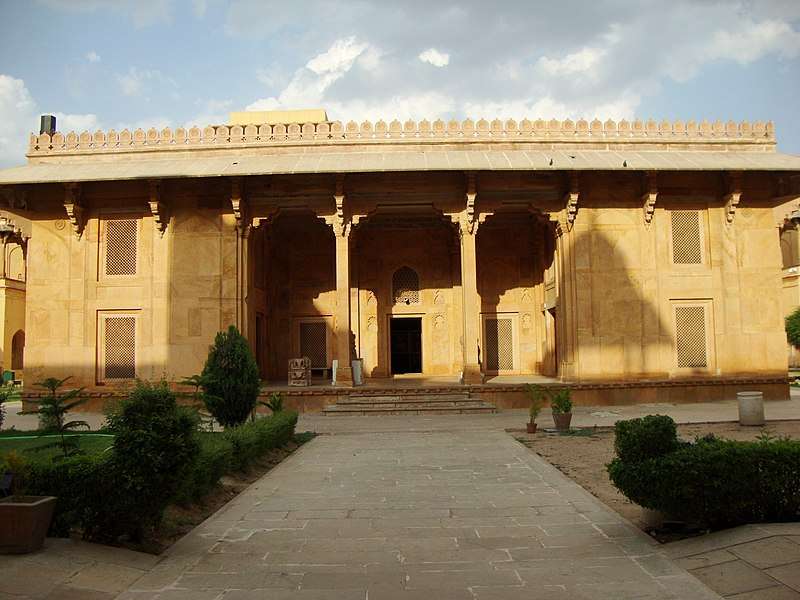
The fortification and architectural aesthetics prevalent during the 16th and 17th centuries were considered while constructing this fort. The fortified walls were made to withstand attacks and protect the territory. The main gateway has intricate carvings of decorative elements. It was regarded as a ceremonial entrance. Akbari Fort comprises palace complexes and residential headquarters. Spacious courtyards and pavilions reflect the Mughal aesthetics.
An interesting feature inside the fort is Bhim Burj. It is a large tower that houses a cannon. Bhim Burj reflects the defensive strategy that the Mughals used. Akbari Fort typically exemplifies the fusion of military functionality with aesthetically carved walls. Guided tours often help to understand the narratives of the past. Conservation and restoration efforts are made at this fort to preserve its architecture and cultural heritage and ensure its longevity for future generations to allow them to witness this fantastic monument.
Further Read: Things To Do In Jaipur
While visiting Akbari Fort and Museum in Ajmer, visitors dive into a journey of time and glimpse the architectural brilliance of the fort. The origins of this fort lay back to the reign of Emperor Akbar, which has been transformed into a cultural repository. The fort reflects the grandeur of the region. Whether exploring the nearby tourist attractions or marvelling at this humongous fort, a trip to Ajmer promises an enriching experience. The fort’s diverse array of artefacts leaves visitors with a deeper appreciation for India’s gloried past.
For our editorial codes of conduct and copyright disclaimer, please click here.
Cover Image Credit: Satyamonline4u for Wikimedia Commons
Frequently Asked Questions About Akbari Fort and Museum
Who built the Akbari Fort and Museum?
The Akbari Fort and Museum was built by Emperor Akbar in 1570 AD. This fort was used as a resting place by Akbar during their visits to Garib Nawaz Dargah. He visited Dargah to make his army strong.
What is the history of Ajmer Museum?
Ajmer Museum holds utmost importance as a Mughal historic building. Akbar had fortified it to monitor several operations in Rajasthan. The fort was primarily used as a military outpost.
What is the history of Akbari Mahal?
Akbari Palace was a huge palace that was primarily used for residential purposes. The palace was built around 156d-1569 AD. A tall and huge courtyard was enclosed by chambers and luxurious rooms of that period.
Where was Akbar buried after his death?
Akbar was buried in Sikandra in Agra after he died in 1605 CE. The Mughal Empire seemed to be at its peak during his death. He had expanded his reign across India and made sure that people lived happily under his control.
Where is Jodha Akbar fort located?
The ‘Jodha Bai Mahal’ is located in Fatehpur Sikri and is the largest palace in the region. Fatehpur Sikri was commissioned by Akbar in 1569 for Jodha Bai also known as ‘Mariam-Uz-Zamani’ who was Akbar’s favourite queen.
People Also Read:
Nizam Museum Sudha Cars Museum Naples Museums

As a Travel Content Writer, I live to conquer the world of globetrotting with words. With my unquenchable thirst for storytelling, I believe that my words will inspire you to travel around the world’s breathtaking landscapes. As for me, I am an unapologetic selenophile, who loves to wander around in a starry night!





